Ian Stewart - Seventeen Equations That Changed the World
Here you can read online Ian Stewart - Seventeen Equations That Changed the World full text of the book (entire story) in english for free. Download pdf and epub, get meaning, cover and reviews about this ebook. year: 2012, publisher: Profile Books, genre: Children. Description of the work, (preface) as well as reviews are available. Best literature library LitArk.com created for fans of good reading and offers a wide selection of genres:
Romance novel
Science fiction
Adventure
Detective
Science
History
Home and family
Prose
Art
Politics
Computer
Non-fiction
Religion
Business
Children
Humor
Choose a favorite category and find really read worthwhile books. Enjoy immersion in the world of imagination, feel the emotions of the characters or learn something new for yourself, make an fascinating discovery.
- Book:Seventeen Equations That Changed the World
- Author:
- Publisher:Profile Books
- Genre:
- Year:2012
- Rating:5 / 5
- Favourites:Add to favourites
- Your mark:
Seventeen Equations That Changed the World: summary, description and annotation
We offer to read an annotation, description, summary or preface (depends on what the author of the book "Seventeen Equations That Changed the World" wrote himself). If you haven't found the necessary information about the book — write in the comments, we will try to find it.
From Newtons Law of Gravity to the Black-Scholes model used by bankers to predict the markets, equations, are everywhere -- and they are fundamental to everyday life.Seventeen Equations that Changed the World examines seventeen ground-breaking equations that have altered the course of human history. He explores how Pythagorass Theorem led to GPS and Satnav; how logarithms are applied in architecture; why imaginary numbers were important in the development of the digital camera, and what is really going on with Schrdingers cat.
Entertaining, surprising and vastly informative, Seventeen Equations that Changed the World is a highly original exploration -- and explanation -- of life on earth.
**
ReviewStewart shares his enthusiasm as well as his knowledge in this tour of ground-breaking equations and the research they supported.... An entertaining and illuminating collection of curious facts and histories suitable for random dipping-in or reading straight through.**Publishers Weekly****
Stewart provides clear, cogent explanations of how the equations work without burdening the reader with cumbersome derivations.... He gives a fascinating explanation of how Newtons laws, when extended to three-body problems, are still used by NASA to calculate the best route from Earth to Mars and have laid the basis for chaos theory. Throughout, Stewarts style is felicitous.**Kirkus Reviews****
Seemingly basic equations have enabled us to predict eclipses, engineer earthquake-proof buildings, and invent the refrigerator. In this lively volume, mathematician Ian Stewart delves into 17 equations that shape our daily existence, including those dreamed up by the likes of Einstein, Newton, and Erwin Schrdinger.**Discover****
Stewart is the finest living math popularizer-a writer who can tackle eye-spraining mathematical topics approachably, and yet dazzle hard-core nerds with new and surprising information. It is hard not to get your moneys worth from him, and in a book like this he is at his best because of the very wide ground covered.**Macleans****
Stewarts expertise and his well-developed style (enhanced by a nice sense of humor) make for enjoyable reading.... [A] worthwhile and entertaining book, accessible to all readers. Recommended for anyone interested in the influence of mathematics on the development of science and on the emergence of our current technology-driven society.**Library Journal****
Stewart has managed to produce a remarkably readable, informative and entertaining volume on a subject about which few are as well informed as they would like to be.**Washington Independent Review of Books****
Stewart is a genius in the way he conveys his excitement and sense of wonder.... He has that valuable grasp of not only what it takes to make equations interesting, but also to make science cool.**New York Journal of Books****
About the AuthorIan Stewart is Emeritus Professor of Mathematics and active researcher at the University of Warwick. He is also a regular research visitor at the University of Houston, the Institute of Mathematics and Its Applications in Minneapolis, and the Santa Fe institute. His writing has appeared in New Scientist, Discover, Scientific American, and many newspapers in the U.K. and U.S. He lives in Coventry, England.
Ian Stewart: author's other books
Who wrote Seventeen Equations That Changed the World? Find out the surname, the name of the author of the book and a list of all author's works by series.

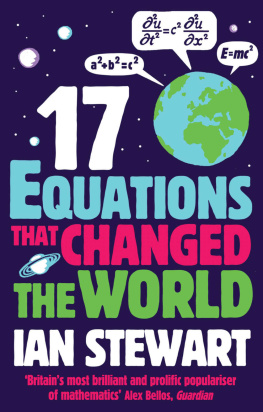
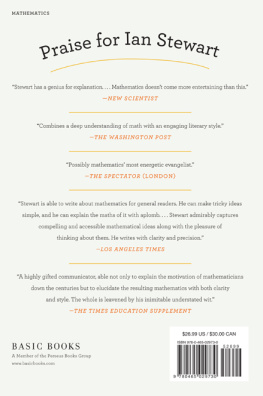
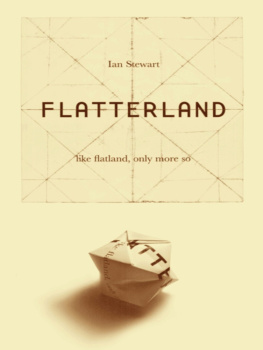
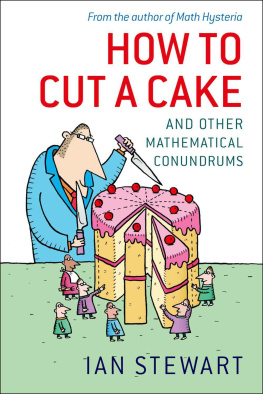

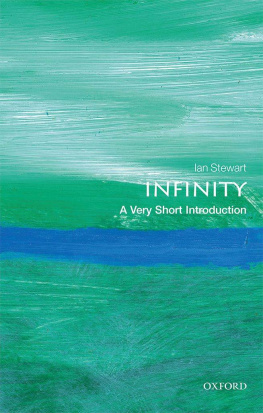
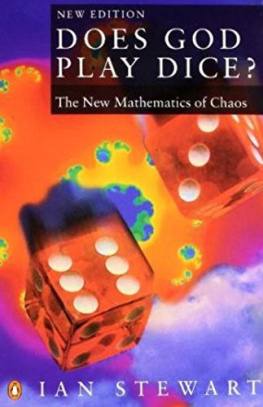

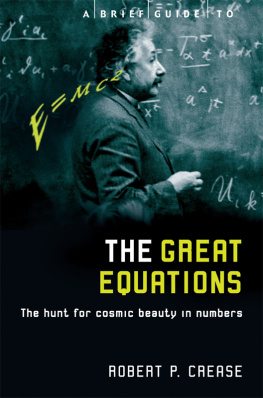
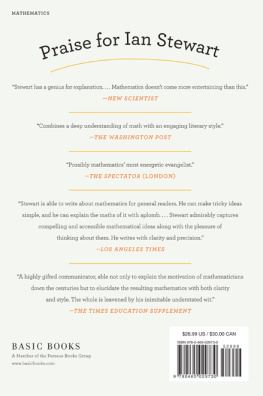
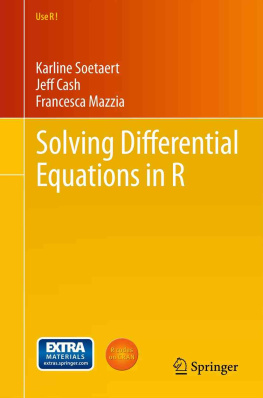
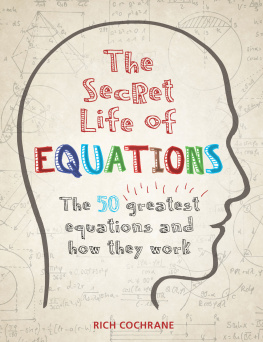

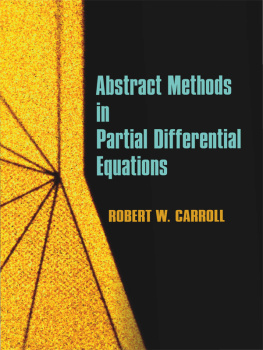
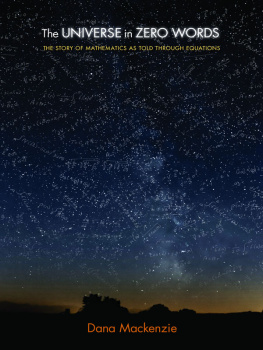




 , bicause noe .2. thynges, can be moare equalle.
, bicause noe .2. thynges, can be moare equalle.